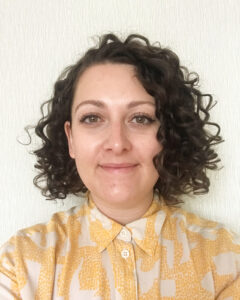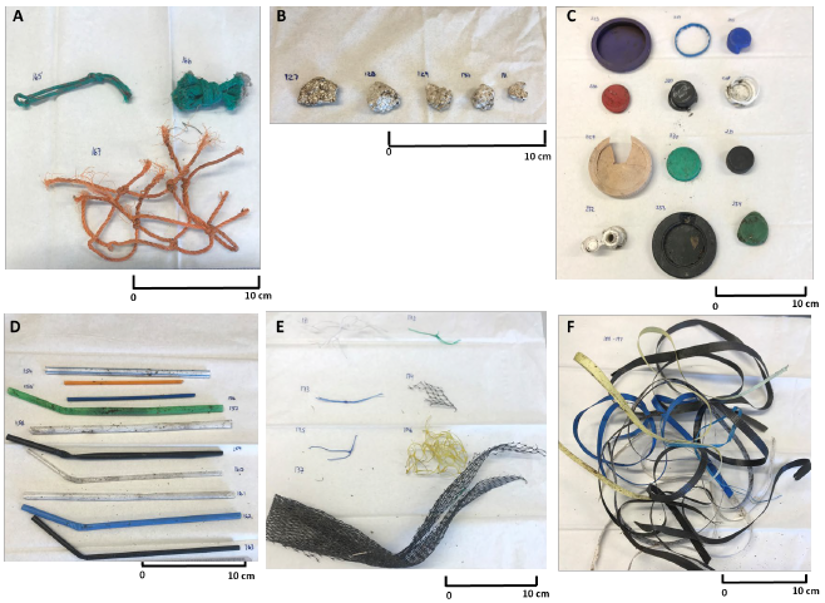“We must look to land-based sources of plastic to the environment to make a meaningful impact on global plastic pollution.”
This is interview was originally published in TerraGreen Magazine December 2021: Plastic Pollution in Oceans and Land
| Dr Rachel Hurley, Research Scientist at Norwegian Institute for Water Research (NIVA) is an expert in dynamics related to microplastic contamination, and has been leading the micro- and macro-plastic sampling efforts under the INOPOL project, including developing suitable methodologies based on field visits in Gujarat, India. |

How does plastic end up in the ocean and how can we prevent this release?
Plastic reaches the ocean from numerous different sources and pathways. Some plastic directly enters the ocean, for example, from fishing or tourism activities or accidental spills from shipping, but a large proportion— some estimates put it at around four fifths— comes from land. The majority of plastics are produced, consumed, and disposed of on land—so we must look to land-based sources of plastic to the environment to make a meaningful impact on global plastic pollution. We don’t yet know exactly how much plastic comes from different sources, and this is likely to vary in different places and may vary over time. We need to work to quantify these sources through a combination of monitoring, modelling, and social science to identify the most effective measures for reducing plastic releases.
The INOPOL project will directly address this for Gujarat state, as a first case study in India to test methods and approaches. Rivers connect the land to the ocean and can act as conduits for plastic. Although, they are not like smooth pipelines efficiently delivering plastic to the ocean—they are complex environments that can trap plastic in many different places and over different timescales. We need to develop effective monitoring methods that are adapted to different geographical contexts to help measure how much plastic actually enters the ocean.
Is it possible to remove plastics or microplastics from the environment?
It might seem like the best way to address plastic pollution is to clean up the environment. Unfortunately, it is not as simple as that. Some larger pieces of plastic litter can be removed from some environments, for example, through beach clean ups. However, we need to instead turn our efforts towards reducing the releases of plastic at the source, or else we will need to frequently return to these environments to clean them up as the plastic will continue to reappear. Investments of our time, money, and energy are better spent looking upstream, and identifying and quantifying different plastic sources and understanding the behaviours and processes that lead to environmental release. When we consider microplastics, their small size makes clean-up very challenging to do. To give an example, microplastics floating in the ocean are of a similar size to small marine organisms such as plankton and they exist in the same locations. We can’t filter out the microplastics without also removing the plankton—but plankton is a crucial component of marine food webs, so to remove it would be disastrous for ocean health. Even if we could develop technology to specifically select out only the plastic particles, we still have the issue that sources of plastic continue to release microplastics to the environment.
-

Samples of plastic from the INOPOL project.
What do you think are the major challenges in identifying, reducing and removing plastics/microplastics in Asian countries, specifically India?
The main challenge is to understand where the plastics come from and how best to prevent this release. It is often more complicated than one might expect to identify and quantify sources of plastic. Different plastic sources operate over different spatial and temporal scales, and many can be diffuse in nature. The word ‘sources’ has two main components in this context: the actual source of the plastic and the process that leads to the plastic entering the environment. Release processes could be environmental, such as rain washing waste into a river, or behavioural, such as practice of dumping or littering, and often the truth is that it is a combination of the two. This means that we need to understand several complex dynamics that interplay. We shouldn’t forget that as we build this important new knowledge together, plastic continues to be released and this plastic is known to persist over long timescales in the environment. We need to work fast and also take opportunities that are ‘low hanging fruit’, for example, reducing consumption of plastics where better alternatives are available. In India and across the world we also need to balance this with other important issues: for example, we should think about how the changes that we make could also affect the climate or vulnerable communities.
What is the biggest opportunity/hope we have in addressing the issues of plastic/microplastic?
Working together and engaging in open dialogue and sharing of knowledge will be the most effective way to find the best solutions. This includes bringing together different disciplines and perspectives. The INOPOL project is a great example of this, combining natural and social sciences and working closely with different partners and important stakeholders. This allows us to look at the plastic pollution problem from different angles and to better understand the geographical context, which is important for interpreting research findings and translating them into meaningful strategies to enact change and reduce plastic pollution both in India and globally.
Published with permission by the TerraGreen Magazine.